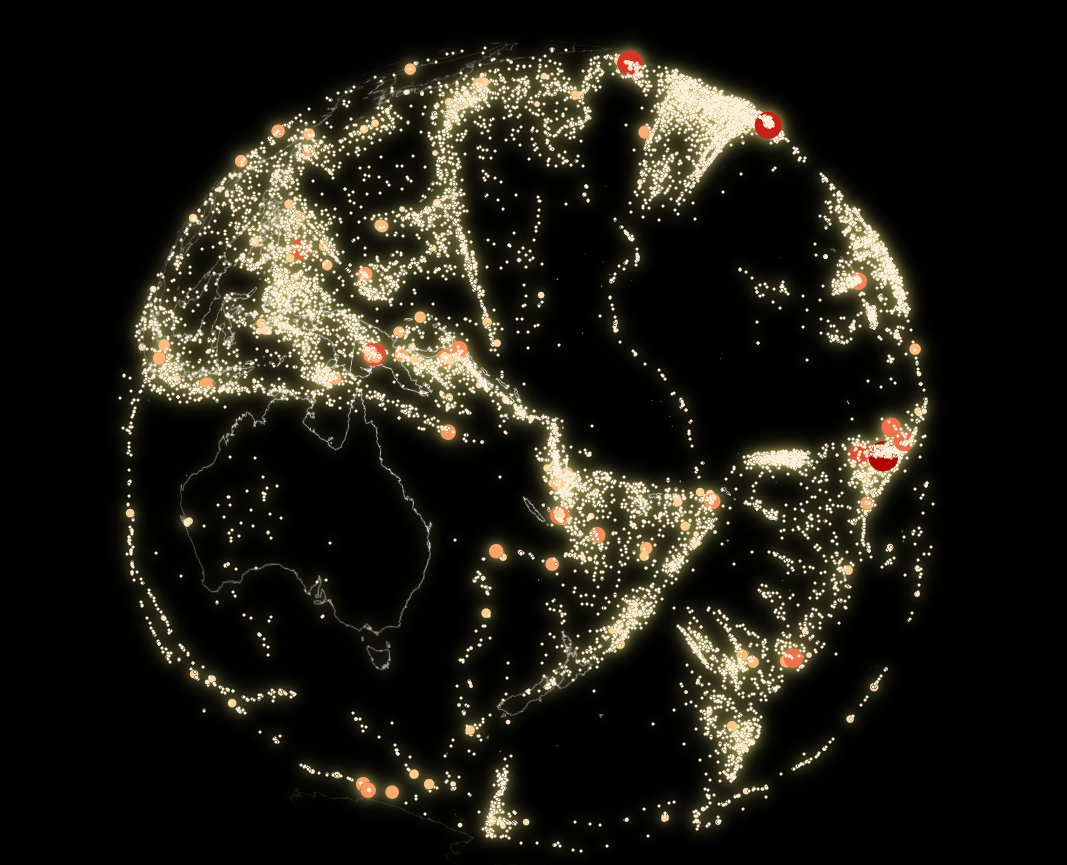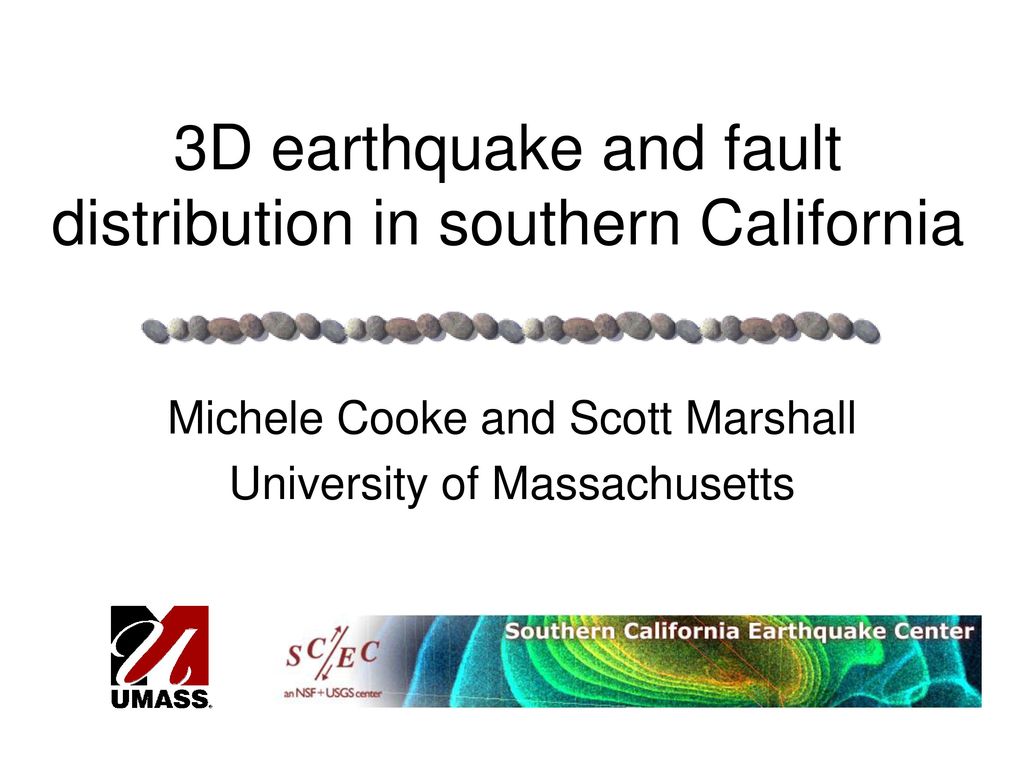

By studying the vibrations from marsquakes, scientists hope to figure out what materials are found on the inside of Mars.Īn artist's illustration of the Mars InSight lander operating on the surface of Mars. On Earth, we know that different materials vibrate in different ways. NASA’s InSight mission took a seismometer to Mars to study seismic activity there, known as marsquakes. Scientists have measured quakes on Earth's Moon, and see evidence for seismic activity on Mars, Venus and several moons of Jupiter, too! Credit: Wikimedia Commons user Z22, CC BY-SA 3.0 Do Earthquakes Only Happen on Earth?Įarthquake is a name for seismic activity on Earth, but Earth isn’t the only place with seismic activity. This record also provides information about the rocks the seismic waves traveled through.Ī seismometer records seismic waves as a series of zig-zags. Scientists can determine the time, location and intensity of an earthquake from the information recorded by a seismometer. A seismometer detects seismic waves below the instrument and records them as a series of zig-zags. Scientists can measure these seismic waves on instruments called seismometer.

The energy from an earthquake travels through Earth in vibrations called seismic waves. However, the vibrations from an earthquake can still be felt and detected hundreds, or even thousands of miles away from the epicenter. An earthquake’s most intense shaking is often felt near the epicenter. The location where an earthquake begins is called the epicenter. This photograph shows the San Andreas Fault, a 750-mile-long fault in California. An earthquake is the sudden movement of Earth’s crust at a fault line. When tectonic plates move, it also causes movements at the faults. When the stresses get too large, it leads to cracks called faults.

This non-stop movement causes stress on Earth’s crust. Tectonic plates are constantly shifting as they drift around on the viscous, or slowly flowing, mantle layer below.Įarth's crust is fractured into tectonic plates that have been moving very slowly over the Earth's surface for millions of years. It’s actually made up of giant puzzle pieces called tectonic plates. The lithosphere isn’t a continuous piece that wraps around the whole Earth like an eggshell. The solid crust and top, stiff layer of the mantle make up a region called the lithosphere. Earthquakes are caused by shifts in the outer layers of Earth-a region called the lithosphere. The Earth is made of four basic layers: a solid crust, a hot, nearly solid mantle, a liquid outer core and a solid inner core.Ī diagram of Earth's layers. The shaking is caused by movements in Earth’s outermost layer.Īlthough the Earth looks like a pretty solid place from the surface, it’s actually extremely active just below the surface. An earthquake is an intense shaking of Earth’s surface.


 0 kommentar(er)
0 kommentar(er)
